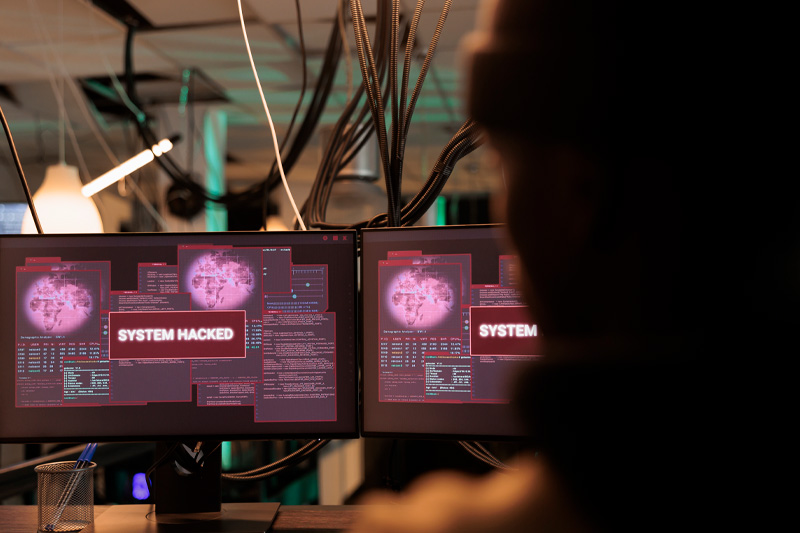From your point of view, always use a legitimate link or web address for your bank. If you use a banking app, download it from a legitimate source, such as the Play Store or Apple’s App Store. If your phone is compromised with malware, it can facilitate a bad actor gaining access to your phone, using apps, seeing received text messages, controlling the phone remotely, running apps, and extracting information.
SIM swapping has been a very popular technique in recent years. This involves a criminal tricking a mobile network company into reissuing a replacement SIM card linked to the same original number. This is often used with high-profile targets. It is an easy attack if the bad actor can obtain personal information about the victim, which may be recoverable from a dark web marketplace. Once the new SIM is reassigned, the original SIM will stop working.
Another technique that was used in the past was SIM cloning. Here, a duplicate SIM is created which has the same IMSI number (the SIM’s network identity number), authentication number (KI), and phone number as the original SIM. This technique became difficult to do from 3G onward as the KI is difficult to recover. However, many IMSI KIs can be found for sale on dark web sites, so if someone was unlucky, their IMSI might have been listed on one of the dark web marketplaces.
As the bank identified that their app was used on a different type of device than usual, this suggests that SIM cloning or SIM swapping may have occurred. The bad actor using another phone can set up biometric authentication with the banking app that uses the bad actor’s biometrics. From the app’s point of view, the correct person is using the app since the app relies on the phone’s biometric system to confirm the identity of the user.
In SIM cloning, the bad actor would need some data from the original SIM, then write these to a new programmable SIM card. Then the bad actor has a phone with a SIM that pretends to be the victim’s phone. Both phones will work, but only one at once. The bad actor can send a text from another phone, pretending to be the cell network provider, instructing the victim to turn off their phone for a network update. Whilst their phone is off, the bad actor connects to the bank, transfers money, and then turns off their phone. When the victim turns their phone back on, it reconnects to the network without any immediate indication of the attack.
From the bank's point of view, thefts probably take place because of some errors by the customer, perhaps leaking too much personal information. The bank's systems are usually as robust as they can be (but still usable for most customers). Criminals rely on people’s carelessness, trust and naivety.






